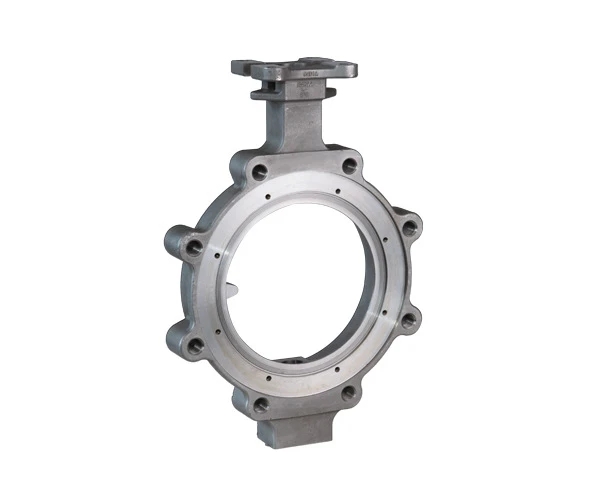facing sand in casting
Facing Sand in Casting A Crucial Element for Quality Metal Production
Casting is a fundamental manufacturing process that plays a significant role in producing complex metal shapes. One of the key materials that impact the quality and integrity of the final product is the facing sand. This specialized sand is essential in creating the mold surfaces that come into direct contact with molten metal during the casting process.
What is Facing Sand?
Facing sand is a fine-grained material applied to the inner surfaces of a sand mold. Its primary function is to provide a smooth, impervious barrier to the molten metal, enhancing the aesthetic finish of the cast product. Typically, facing sand consists of silica or other fine materials mixed with various binding agents to improve its adhesion and durability. The choice of facing sand can significantly influence the outcome of casting operations.
Importance of Facing Sand
1. Surface Finish Quality The quality of the surface finish directly affects the performance and aesthetic appeal of the final product. Facing sand helps to minimize defects, such as roughness or sand inclusion, ensuring that the casting has a smooth outer layer. This is particularly important for parts that require a high level of visual and functional quality, such as automotive components or decorative items.
2. Heat Resistance Facing sand must be able to withstand the high temperatures of molten metal without breaking down or fusing with the metal. The right type of facing sand can impart thermal stability, allowing it to maintain structural integrity even when exposed to extreme heat. This characteristic is critical for achieving consistent dimensional accuracy and preventing deformities in the cast piece.
facing sand in casting

3. Reducing Metal Penetration One of the potential issues in casting is the penetration of molten metal into the sand mold, leading to defects like metal penetration or drop-out of sand particles. Effective facing sand is designed to minimize this penetration, preserving the mold shape and preventing unwanted inclusions in the final product. A well-constructed facing sand layer can create a barrier that helps to ensure a defect-free casting.
4. Promoting Better Detail Replication When creating complex shapes, the quality of the mold surface becomes essential. Facing sand contributes to the intricate detailing of the final product by ensuring that the fine features of the mold are accurately transferred to the casting. This is particularly crucial for intricate designs where precision is paramount.
Challenges in Using Facing Sand
While facing sand plays a crucial role in the casting process, it is not without challenges. One significant issue is the variability in sand quality, which can affect the consistency of the final product. Inconsistent grain size, moisture content, or binder ratios can lead to variations in mold strength and surface quality, ultimately jeopardizing the casting process.
Moreover, the choice of facing sand may vary depending on the type of metal being cast and the specific requirements of the casting process. Finding the optimal type and composition of facing sand involves ongoing research and development to ensure that it meets the evolving demands of the industry.
Conclusion
In summary, facing sand is an integral component of the metal casting process that significantly influences the quality of the final product. By providing a smooth, heat-resistant surface that minimizes defects and promotes precise detailing, facing sand helps manufacturers produce high-quality castings. As the industry continues to evolve, the development of advanced facing sand materials will remain a pivotal area of focus for improving casting techniques and outcomes, ensuring that manufacturers can meet the demands of an ever-changing marketplace.
-
crawler mounted drill rig-Baoding Hairun Machinery And Equipment Trading Co., Ltd.|Underground Drilling Solutions, Confined Space EfficiencyNewsAug.16,2025
-
Custom OEM Couplings | Precision Machining & ManufacturingNewsAug.16,2025
-
Advanced Drilling Solutions for Confined Spaces - Baoding Hairun Machinery | Crawler Mounted Drill Rig&Confined Space ApplicationsNewsAug.16,2025
-
Drill For Confined Spaces-Crawler Drill Rig for Mining Applications|Baoding Hairun Machinery And Equipment Trading Co., Ltd.NewsAug.16,2025
-
Crawler Mounted Drill Rig-Baoding Hairun Machinery And Equipment Trading Co., Ltd.|Compressed Air Power&Frame SupportNewsAug.15,2025
-
Crawler Drilling Rig - Baoding Hairun|Confined Space Drilling&Mine SafetyNewsAug.15,2025















